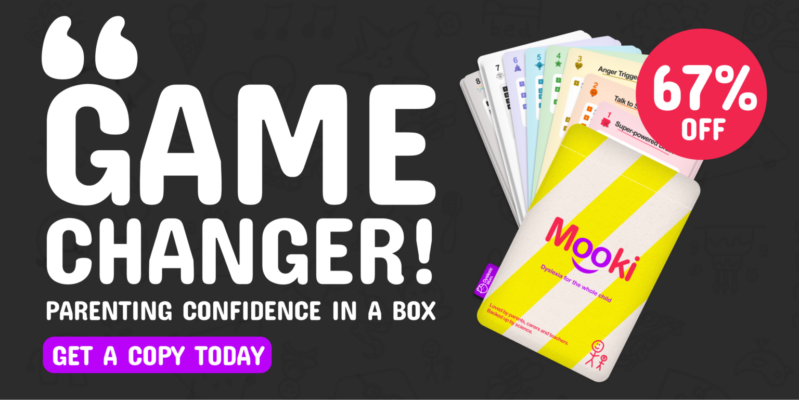Your basket is currently empty!
Dysgraphia or dyslexia? As a parent or carer, it can be confusing to tell the difference between dysgraphia and dyslexia. Dysgraphia and dyslexia are both learning difficulties, caused by a brain processing issue. They share many similar traits, both can make a child struggle to learn to read and write.
Dysgraphia affects handwriting, spelling and grammar. Dyslexia is a learning and processing issue. That can affect a child’s ability to learn new skills and communicate their ideas. About 30% of dyslexic children also have dysgraphia.
What are the symptoms of dysgraphia and dyslexia?
Dysgraphia and dyslexia affect a child’s writing, spelling, and organisation skills. Both are neuro-diversities, making learning more difficult. As a result, a child may struggle in class. This can lead to behaviour issues and problems making friends.
Dysgraphia can make a child struggle with:
- Holding pens and pencils
- Spelling and Grammar
- Writing letters and numbers
- Getting ideas down in writing
Top 10 Signs dysgraphia
A child with dysgraphia may display the signs below:
1. Struggles with spelling and handwriting – Difficulty writing clearly, struggling to write letters correctly and put letters in the right order.
2. Slow at writing speed – Takes a long time to write, even basic words and short sentences.
3. Writes sentences, with randomly spaced words – Sometimes the spaces are too big, sometimes too small.
4. Struggle to get ideas down on paper – Thoughts in their head maybe clear, yet they can not write them down.
5. Issues with fine motor skills – Holding a pen correctly and writing in an fluent way may-be a challenge.
6. Finding it uncomfortable and even painful to write – Due to struggling to hold the pen correctly or write letters easily.
7. Taking notes in class maybe a challenging – Such as copying information, or listening then writing down information.
8. Writing sentences maybe difficult – The child may not understand where to write commas or full stops in a sentence.
9. Unable to use grammar correctly – Struggles to use pas and present tenses in their writing. Confusing words that sound the same but have different meanings, such as “there” and “their”.
10. Issues with fine motor skills – Struggles with tying shoes, using cutlery to eat dinner, or opening jars.
What is dysgraphia symptoms?
Dysgraphia affects a child’s ability to write and spell words. Dyslexia also affects reading and writing. Yet it can affect many more things, including organisation, memory and emotions.
A child with dysgraphia, like one with dyslexia, may struggle to put their ideas on paper. To express themselves through writing. To learn more about the difference between dysgraphia, dyslexia, dyscalculia and dyspraxia. See “Dys-What-Ia? card“.
Is dysgraphia a learning disability?
Both Dysgraphia and Dyslexia are recognised as being a disability. Protected under the 2010 equality act. Children with dysgraphia and dyslexia, both have special educational needs. This means the child may need extra help in class to learn.
Dysgraphia and dyslexia are life-long conditions. So the child may need extra support all their life, including in the workplace. Many people with dysgraphia and dyslexia. Find ways to manage and can go to be independent, successful adults.
Where to get a dysgraphia test?
If you suspect your child has dysgraphia, consider getting a dysgraphia test. Read more about these tests below.
- First, talk to the child’s teacher. Ask what support can be provided.
- The child will need a formal dysgraphia assessment for an official diagnosis.
- This test is the same one used for children with dyslexia.
- A private educational psychologist usually conducts the formal diagnosis.
- During the test, they check for various learning difficulties. Including dysgraphia, dyslexia, dyspraxia, and dyscalculia.
Learn more about dysgraphia tests and dysgraphia diagnosis, see information about formal assessments. For an informal test, try the online 5 minute dysgraphia test from Lexercise.
Is dysgraphia a form of ADHD?
A child with Dysgraphia is not more likely to have ADHD. Dysgraphia is when a child struggles to write and spell. ADHD affects focus and behaviour, 60% of children with dysgraphia also have ADHD.
If a child with dysgraphia is showing signs of ADHD, lack of focus and hyperactive behaviour. This could instead be linked to anxiety caused by struggling in class and lack of self-confidence. See the ‘Give comfort’ card for ideas about how to support a child with their emotions.
Dsygraphia helpful articles
Everything you need to help a dyslexic child. 56 cards with 10 minute activities. Perfect for using at home or in the classroom. Order your “Mooki Cards” here!

